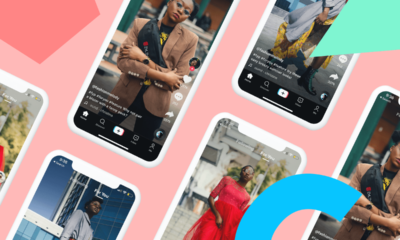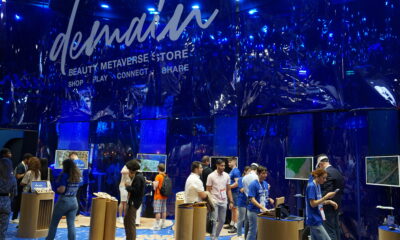Latest News
How Beme, Galaxia, and BigScreen are shaping the Social Media Future
No matter the vastness of the internet, we tend to stick to major social media platforms such as Facebook, Snapchat, and Twitter. As these main platforms grow, adding features such as live video and embracing e-commerce, life outside these walls has become almost impossible. However, keep an eye on the following platforms that might determine the future of social media.
Beme
Launched last year by Casey Neistat, a You Tube celebrity, Beme hit the ground stumbling with its big ideas, nervous energy, and daily videos, amassing nearly 3 million followers. Like Vine or Snapchat, Beme allows users to connect with strangers and friends by sharing short videos. However, it does not allow you to see what you are sharing. To post a video to the platform, press your phone to your chest and immediately begin to record. When you pull the phone away, the clip is uploaded.
Beme enables people to share their experience in instinctual, immediate and universal video language without requiring to metaphorically or literally editing, said cofounder Matt Hackett.
Beme puts to an end the awkwardness that people experience when they repeatedly try to squeeze themselves into the flame. In future, when camera embrace wearable technology, Beme’s exceptional perspective could become the standard for quickie visual sharing.
Galaxia
In 2010, Moshe Hogeg launched a photo-sharing network known as Mobli. It was liked by Leonardo DiCaprio and by 2013; 12 million people had done the same. Mobli did not stand there. By 2015, it expanded and enabled its users to share photos, live broadcast, and videos. Last year, Mobli launched a real-time image search, showing photos from anywhere in the world. But when Istagram closed its application program interface that enables apps to cooperate, the flagship product of Mobli shut down.
Galaxia came to reinstate order to the Mobli. Where many social networks allow users to construct a single, data-rich profile, Galaxia network insists on containing multitudes. Mobli profiles ended up in Galaxia, where they were transformed into “personas”. These personas have private or public “worlds” that can be organized around general interests, the degree of friendship, or any center of gravity.
Where gaze of Beme is pointed outward, the goal of Galaxia is inward exploration, looking for more selves. Instead of reducing people online social lives into linear narratives, Galaxia attempts to replicate the elaborate interconnectivity of real social space.
BigScreen
Today, only Facebook has seen the transformational role virtual reality can have in social media. Back in 2014, Mark Zuckerberg said that his company has acquired Oculus, a leading VR firm. Since then, we have had sporadic glimpses of how FB and VR can play together.
As VR continue to gain momentum in the social media. BigScreen is making an early name for itself in the VR landscape, letting its users hangs out in several virtual social spaces (outer spaces, luxury apartments) with a stranger and/or friends. You see their avatars and desktops of their computers. At most four people can occupy a room, watching movies, playing games on steams and collaborating on projects.


































